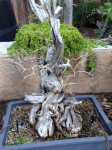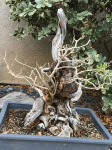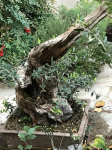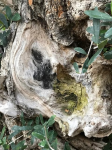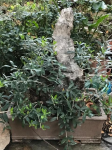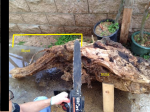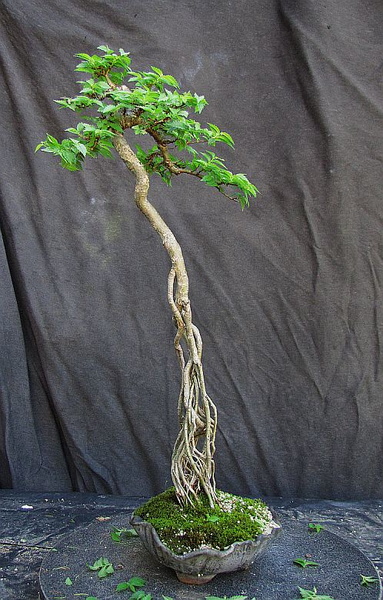bonhe
Masterpiece
Thank you very much Wireme for showing us those pictures.I recall you posting about this.
It is just that something doesn't seem make sense and I'd like to understand it. I will never have anything nearing your experience with this real-world stuff.
What I think you saying is: were I to bury a willow stick horizontally (in a trench) it would make nothing but roots because it is all in the dark (buried). Such a stick would make only roots, run out of starch, and die, so I think I must be misunderstanding something.
I agree with you Osoyoung.
I can see lot of adventitious buds are swelling up at the upper surface of the horizontal willow branch to which Wireme showed us. I think the one went up in the last picture is not a root. It is a shoot emerging from the adventitious bud. Let me try to explain this phenomenon. When the branch lays horizontally, the auxin will travel down to the inferior aspect of the branch (gravity). The superior aspect of the branch will be released from the auxin's inhibition. Those adventitious buds in this areas will be out of dormant live and grow into the shoots. Later on, the root will appear in the lower part of the branch.
Bonhe






